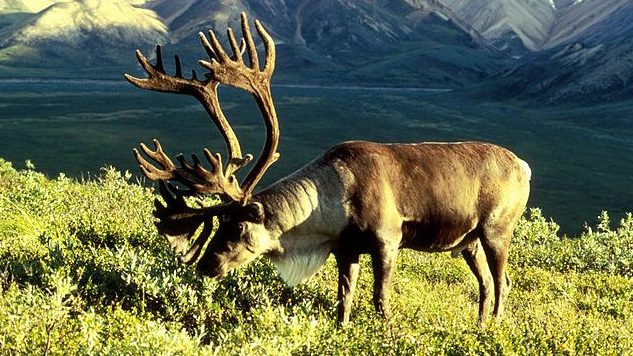The Alberta government says it’s moving ahead with the oil and gas industry to restore habitat for dwindling caribou herds.
The province announced Saturday that work is beginning that will eventually see trees planted along thousands of kilometres of land that were cleared for seismic lines in the Little Smoky and A La Peche caribou rangelands.
The work starts with compiling a restoration guide, as well as setting up a pilot project along 70 kilometres of seismic lines in the spring.
A $200,000 contract will be issued to source and grow the trees for the pilot project, and $800,000 will be earmarked for an operational plan to restore 3,900 kilometres of lines.
The federal government has given provinces until 2017 to come up with range plans and recovery strategies for caribou herds, which are in danger across the country.
The Alberta government released a draft plan for caribou protection in its northern and central regions in June, where one particularly threatened herd has declined to only a few dozen.
“We are pleased with the leadership role taken by the oil and gas industry in working to ensure we have a made-in-Alberta plan that provides an economic certainty for industry and workers who make their living in the north and do what’s right to protect this iconic animal,” Alberta’s environment minister, Shannon Phillips, said in a media release.
Agriculture and Forestry Minister Oneil Carlier noted the tree-planting efforts will provide jobs and strengthen local economies.
The clean energy think tank the Pembina Institute says on its website that oil companies that create the seismic lines to get information about underground rock formations must remove trees and other obstacles in order to make room for their vehicles and equipment.
The seismic lines and roads into forests and wetlands provide wolves with easy access to caribou, which results in more predators than the herds can tolerate.
In Alberta, decades of development have left herds clinging to a few scraps of old-growth forest. Numbers have declined by about 60 per cent and some ranges are more than 80 per cent disturbed.
Portions of the Alberta draft plan released in June called for energy development to be “rescheduled” and logging old-growth forest on caribou range to be blocked. It said wolves would continue to be shot to try to manage the population, although bears also eat caribou calves.
The draft also suggested fencing off a 100-square-kilometre habitat for female caribou during the calving season to protect them from predators.
The fence proposal drew fire from some environmental groups who argued the major issue that needed to be addressed was the loss of natural habitat to industrial expansion.
There were also suggestions that caribou coming out of a predator-free enclosure would not know how to handle themselves in the wild.







